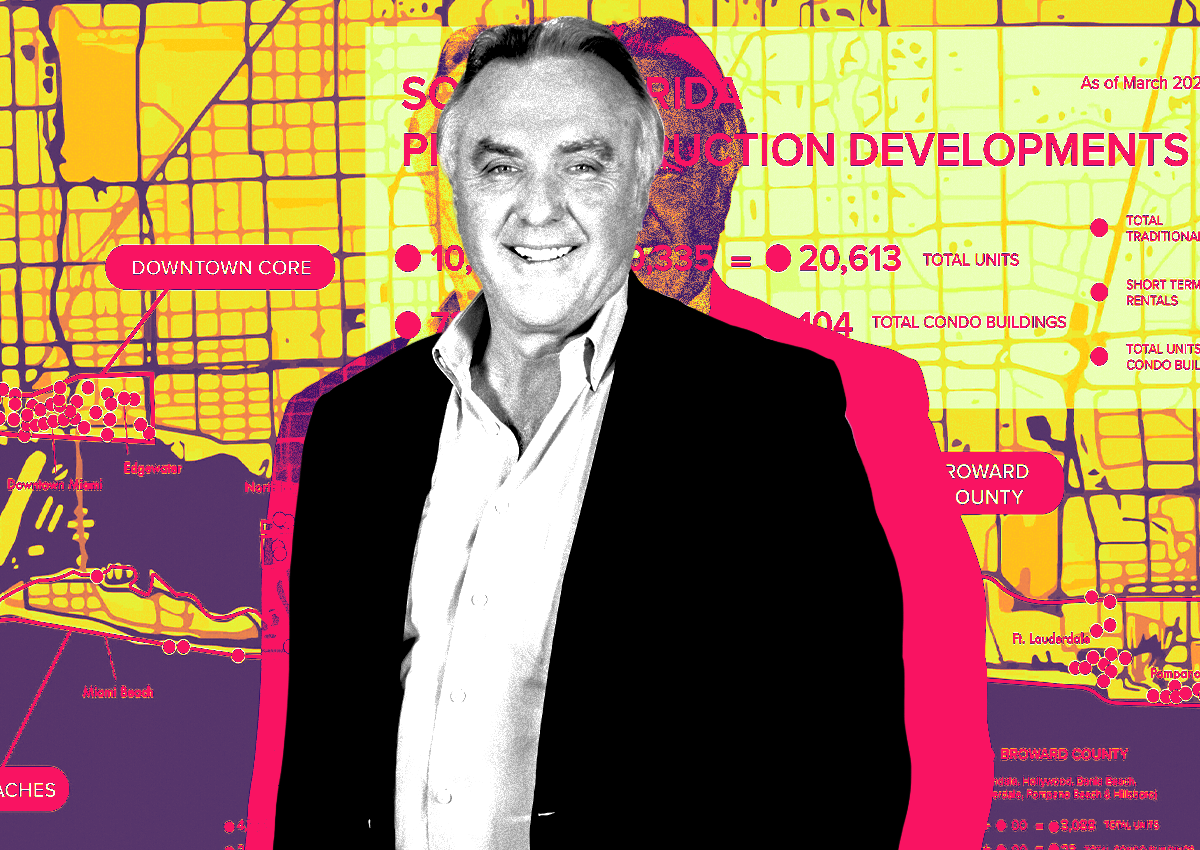These 4 Cities Have The Biggest Housing Shortages
It’s no secret that the U.S. housing market has a supply problem. A shortage of available homes for sale has been a key driver of price appreciation over the last couple of years, with homes in some markets seeing dozens of bids pushing prices to record highs.
I’m a Real Estate Agent: These Will Be the Best States To Buy Property in the Next 5 Years
Find Out: 3 Things You Must Do When Your Savings Reach $50,000
Despite hopes earlier this year that new construction would help ease supply constraints, the recent news has been mixed. After residential construction enjoyed a brief surge in May 2023, the opposite happened a month later.
As CNN reported, housing starts in June dropped 8.1% from the previous year to a seasonally adjusted annual rate of 1.43 million – below economists’ expectations for 1.48 million, according to Census Bureau data.
“June’s numbers showed homebuilders are still struggling with high mortgage rates, high construction costs and limited land to build on,” Robert Frick, corporate economist with Navy Federal Credit Union, told CNN. “More new houses were never going to save a housing market marked by low inventory, expensive homes and high rates, but it’s been helping this year, especially as the median price for a new home has fallen.”
Housing shortages can vary wildly depending on where you live. A recent analysis from Bank of America found that housing shortages tend to be severe in certain Sunbelt markets, while the problem is less pronounced in large Midwestern cities.
The analysis, published on Aug. 7, looked at real-time migration flows based on Bank of America’s internal data and housing stock. Among the key takeaways is that four U.S. cities had the most constrained housing supply during the second quarter. Three of them are in Texas – San Antonio, Dallas and Houston. The other is Orlando, Florida.
On the opposite side of the spectrum, St. Louis, Detroit and Miami have the highest housing stock relative to their populations.
“The good news is that cities with lower housing supply are already seeing higher construction trends,” Bank of America researchers wrote. “but if the current population dynamics are maintained, there will continue to be a strong housing need in the growing parts of the country.”
Bank of America broke housing markets down into four quadrants for its analysis: “hot,” “warm,” “cool,” and “cold.” Here’s what they mean:
-
Hot markets are those with low housing stock and population inflow, including San Antonio, Dallas, Houston, Orlando and Las Vegas.
-
Warm markets feature high housing stock with population inflow, including Tampa and Jacksonville, Fla.
-
Cool markets have low housing stock and population outflow, including Los Angeles and Baltimore.
-
Cold markets have high housing stock and population outflow, including St. Louis, Detroit and Miami.
According to Bank of America, one of the main reasons people are moving to “hot” cities is that they have booming labor markets that are outperforming the national average. Because of the market dynamics, home prices have soared in these cities.
For example, average home prices in Orlando rose by 58% between June 2019 and June 2023, while those in Dallas increased by 49%. House hunters in these and other hot markets might have to wait long for supply to catch up with demand and ease prices.
“The question is whether supply will continue to keep up if the inward migration trends are sustained in these growing parts of the country,” Bank of America researchers wrote. “If not, there will continue to be a strong housing need.”
More From GOBankingRates
This article originally appeared on GOBankingRates.com: Housing Market 2023: These 4 Cities Have The Biggest Housing Shortages


